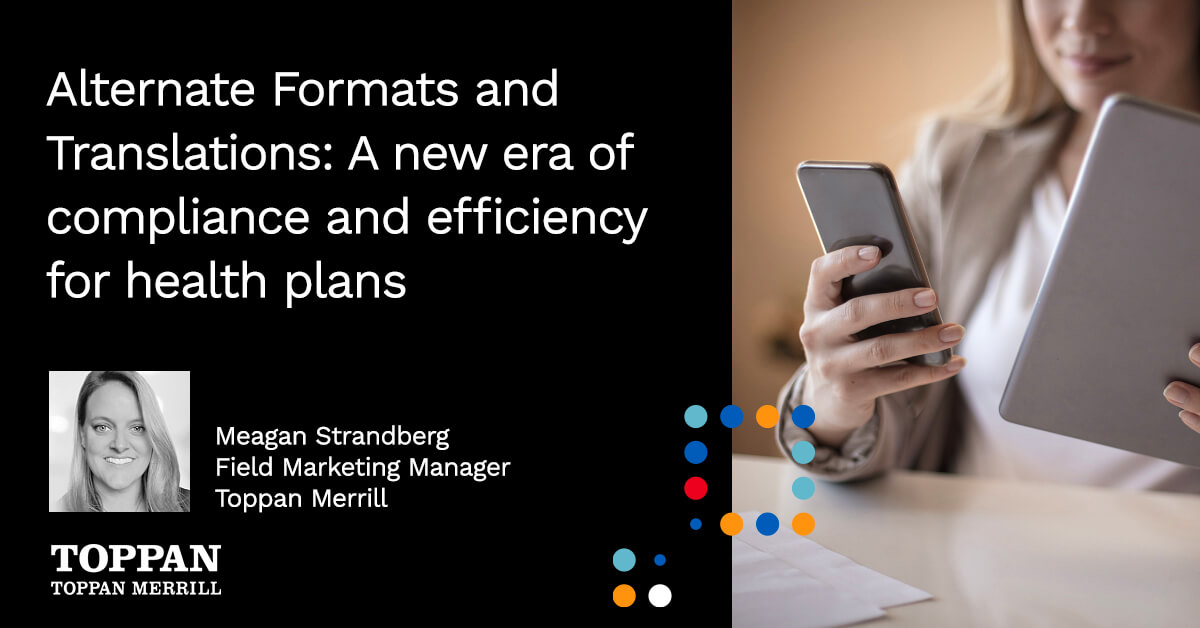Medicare Advantage Organizations (MAOs) need to walk a tightrope: Retention and growth demands proactive outreach with beneficiaries—a function typically served by traditional marketing. Yet, the Centers for Medicare and Medicaid Services (CMS) put tight restrictions on what Medicare Advantage (MA) plans can do in terms of marketing and member communications. Moreover, CMS wants to funnel the majority of beneficiary decision-making through the controlled lens of its Star Ratings system.
But as Star Ratings decline overall, the impact of incremental changes in Star Ratings get bigger. We saw the average overall star rating drop again from 2023 to 2024—now sitting at the lowest average rating since 2017. At the same time, the number of beneficiaries enrolled in a plan with a 4+ star rating grew to almost 3 in 4.
One of the biggest challenges for MAOs is keeping up with CMS changes that make requirements a bit of a moving target. After pausing significant changes to the MA Star Rating system in 2022 and 2023 (citing a broader healthcare industry still reeling from the global pandemic), CMS signaled last fall that it is considering several major changes in its 2024 Final Rule that will have big impacts in the coming years.
Here are three key proposed changes MAOs need to prepare for:
New Health Equity Index (HEI) rewards
As part of an overarching focus on improving health equity and addressing social determinants of health (SDOH), CMS revised its Star Ratings system in the 2023 Final Rule, providing a new framework that heavily weights a new Health Equity Index (HEI) that factors in social risk factor (SRF) population measures. The new HEI-weighted system will reward MA plans that have larger low-income, dual-eligible and disabled populations, as well more heavily weighting overall star ratings to reward plans with high ratings and better health outcomes among these SRF populations.
While the HEI rewards won’t hit star ratings until 2027, those rewards will be calculated using health plan data from 2024-2026. That means MAOs will want to review CMS’ initial HEI reports as soon as they can, so they can understand where they can improve.
Improvement strategies may focus on proactive engagement efforts toward underserved communities and SRF populations. MAOs that already have high engagement with SRF populations will want to look closely at care gaps and build strategies around resolving outcomes or experience disparities between SRF and non-SRF members. Beyond clinical programs, developing more targeted communications strategies to speak to the specific needs of SRF populations will play a big role in MAO plans’ success with HEI rewards.
Focus on utilization of supplemental benefits
Many MAOs—particularly the more highly rated—differentiate themselves with supplemental benefits. However, in recent years, CMS expressed concern about whether these “extras” are being used merely as a marketing tactic, rather than a genuine effort to improve member health and experience outcomes.
More specifically, CMS wants MAOs to put a framework around utilization management (UM) for supplemental benefits, so they can evaluate and strategically improve utilization of supplemental benefits. CMS also wants to see MAOs work harder to encourage utilization among existing members, rather than focusing their communications at the “point of sale” when a member is signing up. For example, a draft rule from CMS would require MAOs to send annual notices alerting members of the supplemental benefits they’ve yet to take advantage of. CMS hasn’t yet tied these proposed requirements to the Star Rating system. But falling short of these requirements could still drive member complaints which could quickly impact a plan’s star rating.
The proactive approach is for MAOs to start building a utilization management program today (if they don’t have one already)—and to build out a more robust communication strategy to drive awareness and utilization of supplemental benefits.
Changes to default delivery method
Part of CMS’ goals around health equity and closing care gaps is a focus on accessibility, and the Final Rule for 2023 includes one major change to how MA plans handle member preferences for the method of delivery for plan materials and communications.
Under the 2023 Final Rule, once a plan becomes aware of a member’s need for an alternate delivery format (i.e., non-English, audio file, large-print, etc.)—either through the member’s request, or during a health risk assessment of other touch point—the plan must provide all required materials in that language and/or accessible format for as long as the member remains enrolled in the plan, unless the member requests that the plan provide required materials in a different format.
Previously, the onus was on the member to request an alternate delivery format—and to continually select that alternate delivery method for each plan communication, year after year.
This represents a positive change from an accessibility standpoint: reducing the burden on members and helping them get materials in the language/format that’s best for them. But it will no doubt increase logistical challenges for MAOs in terms of managing these delivery preferences. The typical MAO will almost certainly have to manage both a higher volume and wider variety of non-traditional delivery methods. This may push MAOs’ delivery partners beyond their capabilities. Many delivery partners are set up to be highly efficient in a single delivery method (conventional English print) and rely on third-party relationships to help with one-off needs for members requesting braille, audio files, translations and large-print format. This setup isn’t built to scale with the volume and variety that’s likely coming if this proposed change goes through.
MAOs should look closely at their delivery partners’ capabilities now: Can they handle potential variety and volume? Can they manage the logistics of ensuring the right delivery method for each member? And can they do this all while optimizing for costs—so this change doesn’t cause delivery costs to skyrocket?
The sure thing: make member experience the top priority for 2024
The Final Rule is not yet final, and history tells us that the final Final Rule may only have 10-20% of the proposed changes included in the draft rule. Yet while the details may remain up in the air, one thing is clear: Member experience needs to be a top priority for MAOs in 2024. Big changes are coming to the Star Rating system, along with other changes that will shape how MAOs can (and must) engage with beneficiaries. Getting caught flat-footed and ultimately falling short on these new expectations will both drive both immediate and lasting damage to reputation, retention and growth.
The common strategy every MAO should be pursuing now is to reevaluate your approach to member communications. Think about how you can leverage member communications to strategically close care gaps and address the health equity goals CMS has put forth. And look at how you can deliver consistent, useful communications that make the most of these critical contact points with your members—from the Annual Notice of Change (ANOC) to Evidence of Coverage (EOC) and Summary of Benefits (SB).
At Toppan Merrill, we’ve got our eyes and ears on these proposed changes as they’re whittled down into the Final Rule. We’re also preparing to be able to help MAOs to adjust and adapt to whatever is ultimately included and required. See how Toppan Merrill can help you conquer the complexity of evolving requirements—so you can focus on making personal connections across the member journey.
Learn more about Toppan Merrill Health Plans Member Communications



